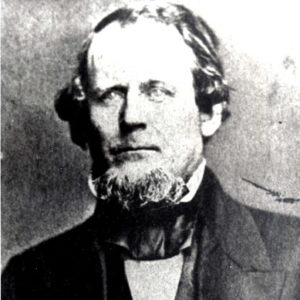 William Sebastian
William Sebastian
Race and Ethnicity: White - Starting with S
 William Sebastian
William Sebastian
Sebastian, William King
Second Arkansas Cavalry (CS)
Second Arkansas Infantry (CS)
Second Arkansas Infantry (US)
Second Arkansas Infantry Battalion (CS)
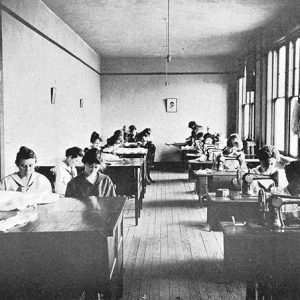 Second District Agricultural School Domestic Science
Second District Agricultural School Domestic Science
 Second District Agricultural School Football Team
Second District Agricultural School Football Team
 Security Bank
Security Bank
 Seed-of-Hope
Seed-of-Hope
Segraves, Warren Dennis
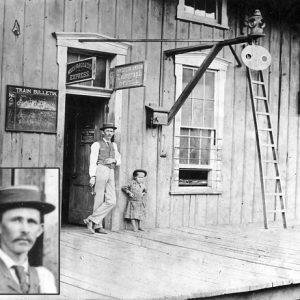 Segregated Waiting Room
Segregated Waiting Room
Seiz, Bill
aka: William Augustav Seiz
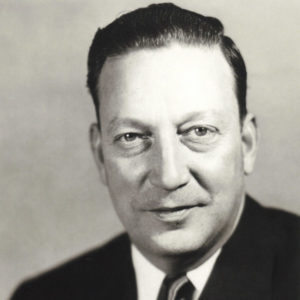 Bill Seiz
Bill Seiz
Selden, Joseph
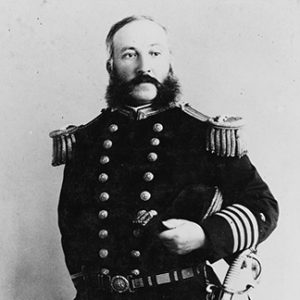 Thomas O. Selfridge
Thomas O. Selfridge
Selig, Helen Elizabeth Boyd
Sellers, Barney
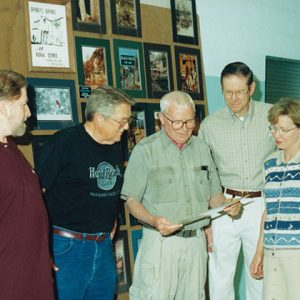 Barney Sellers
Barney Sellers
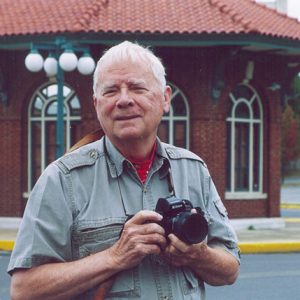 Barney Sellers
Barney Sellers
Selph, Carey
 Semmes Law Firm
Semmes Law Firm
Semmes, Samuel Spencer
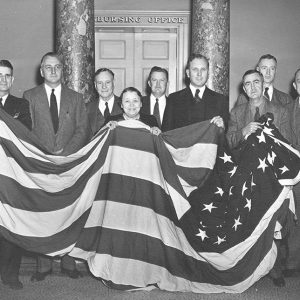 Senators and Representative: 1938
Senators and Representative: 1938
 Setting Backfire
Setting Backfire
Seventeenth Arkansas Infantry (CS)
Seventh Arkansas Infantry (CS)
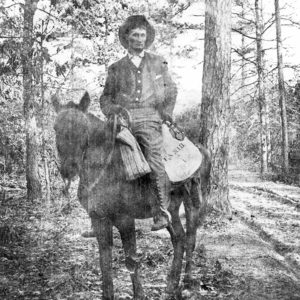 Sevier County Mail
Sevier County Mail
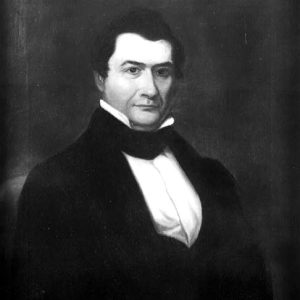 Ambrose Sevier
Ambrose Sevier
Sevier, Ambrose Hundley
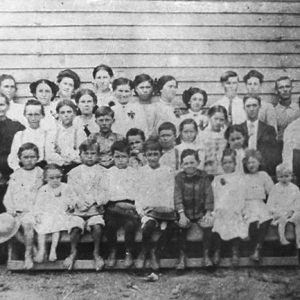 Shadden Springs School
Shadden Springs School
 Mark Shank Execution Story
Mark Shank Execution Story
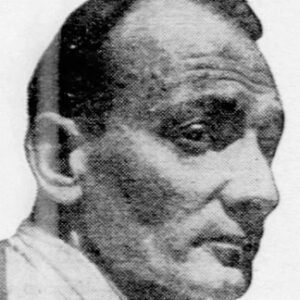 Mark Shank Execution Story
Mark Shank Execution Story
Shank, Mark H. (Execution of)
Shannon, Henry Karr
 Peggy Shannon
Peggy Shannon
 Peggy Shannon
Peggy Shannon
Shannon, Robert Fudge
 Sharecropper Family
Sharecropper Family
Sharp, Ephraim
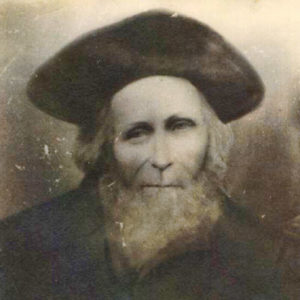 Ephraim Sharp
Ephraim Sharp
Sharp, Ephraim [of Fulton County]
Sharp, William (Murder of)
Sharp, Willous Floyd
Shaver, Dorothy
 Dorothy Shaver
Dorothy Shaver
 Dorothy Shaver
Dorothy Shaver
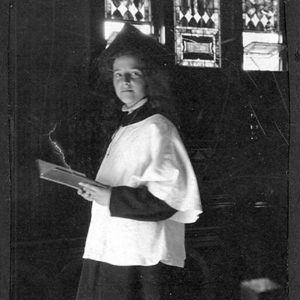 Young Dorothy Shaver
Young Dorothy Shaver
 Dorothy and Elsie Shaver
Dorothy and Elsie Shaver




